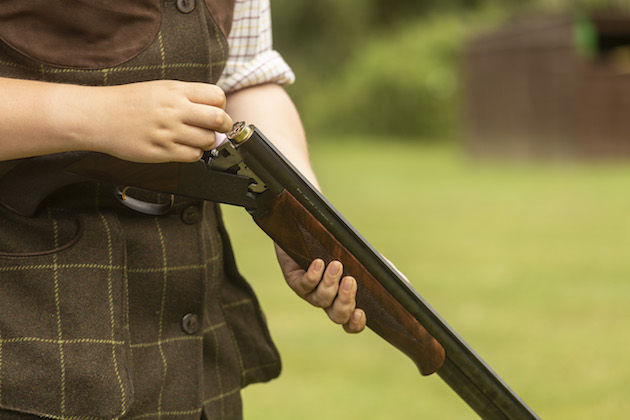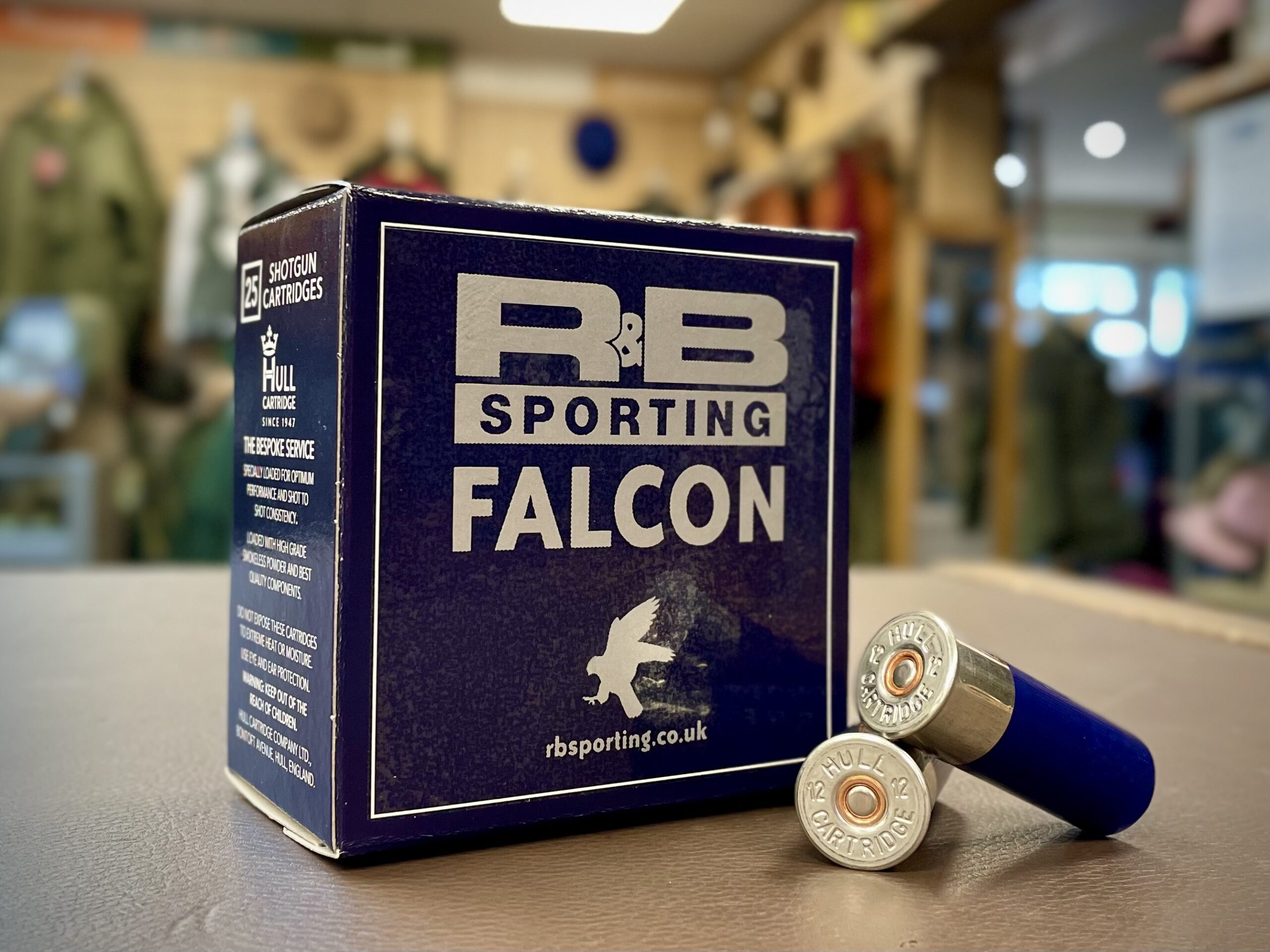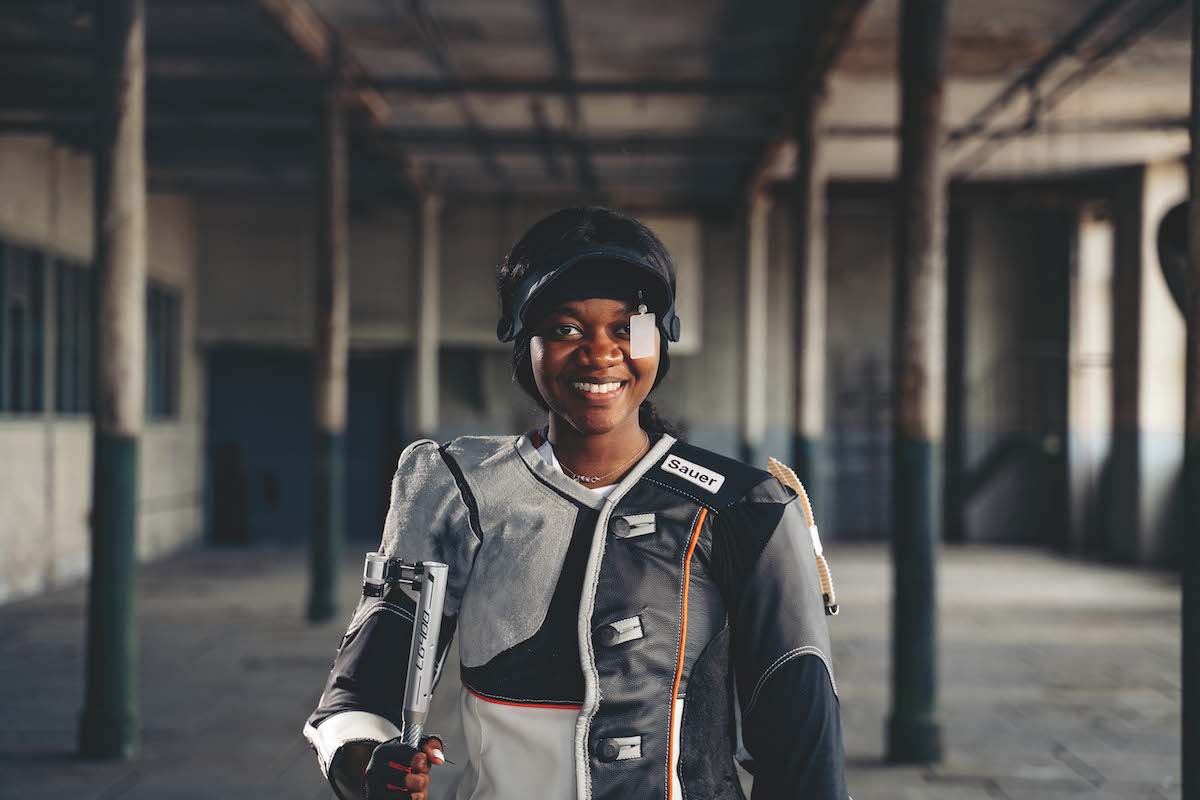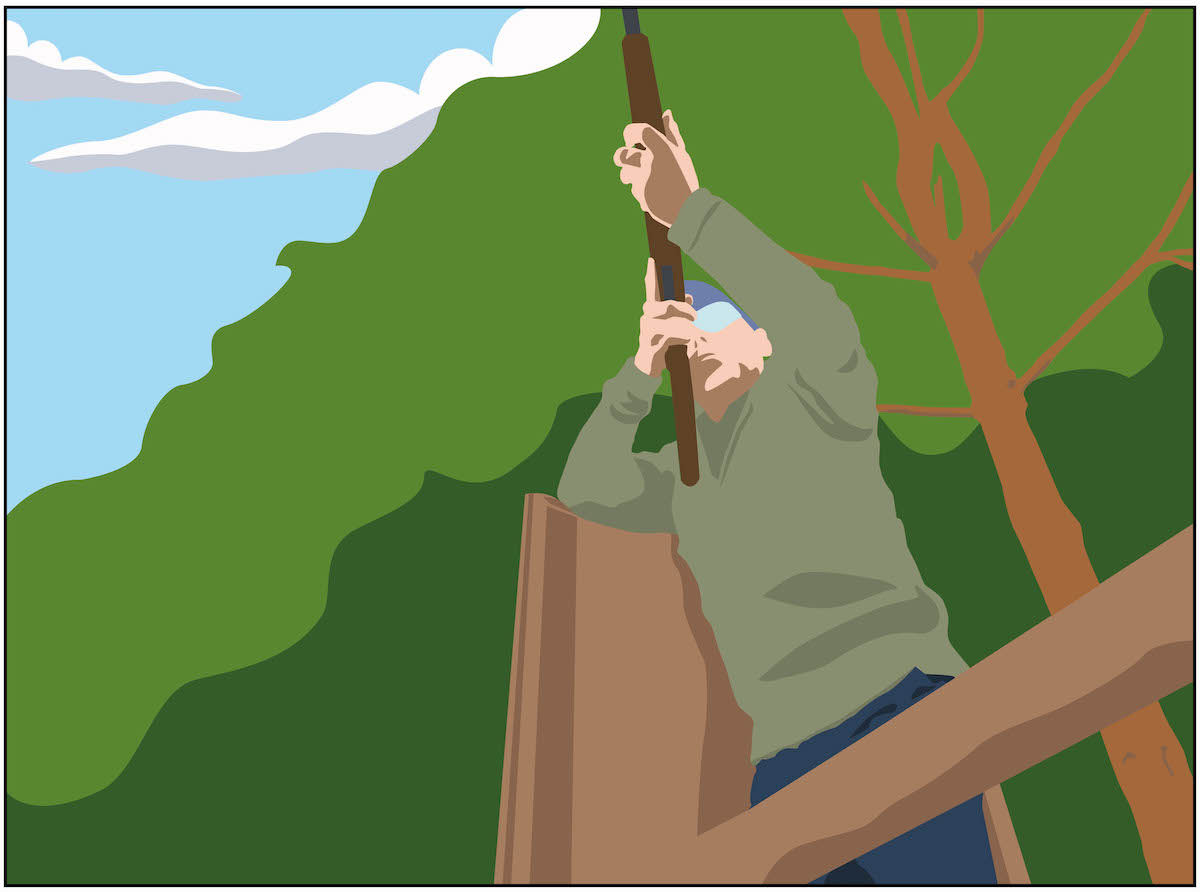How a shotgun works
Lewis Potter explains

We regularly review different guns for gameshooting

If you know how a shotgun works and what the inner workings do then you’ll know a lot more than quite a few shooters.
The other day somebody (who was an experienced Shot) asked me what the difference between a boxlock and a sidelock shotgun was. I was surprised that he didn’t know and so picked up a couple of guns and pointed out the difference.
Shotgun jargon buster
It then occurred to me that some of the shooting terminology to describe the various working parts meant nothing to him.
So I decided it was time to clear things up and write a detailed piece on how a shotgun works.
How a shotgun works
The front of the cocking dog protruding from the knuckle of the action bar engages with the knuckle of the fore-end iron.
On pushing the top-lever to the right the arm on the spindle draws the locking bolt rearwards, releasing it from the bites and allowing the barrels to open.

As the gun is opened the cocking dogs rotate with the fore-end knuckle forcing the front leg of the striker (or hammer), upwards to compress the mainspring.
Near full compression the sear engages with the bent holding the striker (hammer) in the cocked position as the gun is closed.
When the trigger is squeezed, it lifts the sear arm moving it out of the bent and releasing the striker (hammer) to fire the cartridge.
Just a brief explanation
It is fascinating that the names of many parts of a shotgun have remained the same for hundreds of years, even though nowadays they look very different from the description given.
How a shotgun cartridge works
Gun terminology
The gunmaker’s language owes much to tradition. It also varies between Birmingham and London and sometimes even between gun makers.
Steel or stale?
Much of the language used in the gun trade derives from the Victorian era. In the gun trade a screwdriver is known as a “turnscrew”. To the rest of the world, the “striker” is a firing pin; “pins” are screws; and in London a “tumbler” in a sidelock is a “hammer” in Birmingham.
In a hammergun, the tumbler and hammer are separate parts.
Another example of the different terminology used is the projecting part of the fore-end iron to which the fore-end wood is fitted. Described as the “steel” in London, it is a “stale” in Birmingham (this could have initially been a matter of pronunciation of course).
Stale (as in broom stale) is how a born-and-bred Brummie would pronounce steel, or at least that is how it would sound to an outsider.
Word of mouth was the means by which many terms were passed on from one individual to another – which could also have added to the regional differences of course.
Action
“Shotgun action” is a brief description of how a shotgun works, such as hinged break-open action. This is not as odd as it might at first seem when one considers that “bolt action” describes a method of operation while the main component parts are actually the bolt and receiver.
Similarly, with break-open shotguns the main steel parts are the barrels, action body (or just body) and fore-end iron.
However, the use of “action” when relating to shotguns is often extended to include the type of lockwork layout, such as boxlock or trigger-plate action.
The fore-end iron
The fore-end iron has a knuckle that fits on the front of the action body bar.

The long steel, or stale, secures not only the fore-end wood but is also important in having some sort of catch to hold the fore-end in place.

The Beretta 686 EELL sidelock shotgun
Make-up of a sidelock
Most of the make-up of a sidelock is the same as a boxlock; the main difference is the lockwork fitted to plates on each side making it a direct descendant of the hammergun, but with the hammers inside.

The handsomely decorated sideplates on a Bettinsoli conceal a standard Italian boxlock action
A sidelock can be a bar lock, where the front of the lockplate carrying the mainspring fits into a cut-out in the bar of the action body.
There are also bar-lock sidelocks with rear acting mainsprings and back-action sidelocks where the locks are fitted behind the action body.

The Rizzini RB-EM round-action boxlock 16-bore
The barrels
Shotgun barrels have ribs. On a side-by-side shotgun these will be top and bottom, on an over-and-under, top and side ribs.

Purdey side-by-side shotgun with 30in barrels featuring a game rib

The small catch that holds the fore-end in place is a fore-end loop, though it bears no resemblance to any such thing, but is a word left over from muzzle-loader days when it did look more like a loop.
Underneath the barrels are the lumps, usually two on a side-by-side.
The front one forms the hook which hinges on the cross-pin and both this and the rear lump have cut-outs named bites, into which the locking bolt engages to hold the gun shut.
Some guns have a third bite in a doll’s-head extension to the barrels.
The shape of the lumps is important in holding the barrels firmly against the standing breech and action bar flats.
Built properly, when locked shut, there should be little or no load taken on the cross-pin.
Some over-and-unders have bifurcated lumps, meaning one each side, and hinge on trunions or hinge discs.
Less common type of side-by-side
A trigger-plate is the less common type of side-by-side, but many over-and-unders are a variation on this design.
The true trigger-plate type has the lockwork assembled on a detachable trigger-plate and a modern example of this is the Beretta.

Many other over-and-unders are of modified trigger-plate design: the lock mechanism is split between the triggerplate and top-strap and therefore qualify as a type of boxlock, especially where the action body, or frame in modern speak, is machined in one piece.
The boxlock action
The boxlock incorporates the basic features of any break-open shotgun. The lockwork is built into the action body, which is why, initially, it was sometimes called a body lock.
The major parts of the lockwork consist of the cocking dogs or cocking arms, mainsprings, hammers, or dog-tooth strikers if the firing pin is a fixed part of the hammer, and the sears.
The sears trip the hammers when disengaged from the bent or hammer notch by pulling the trigger.
The action body sports a bar, standing breech, fences, top-strap and the cross-pin on which the barrels pivot.











